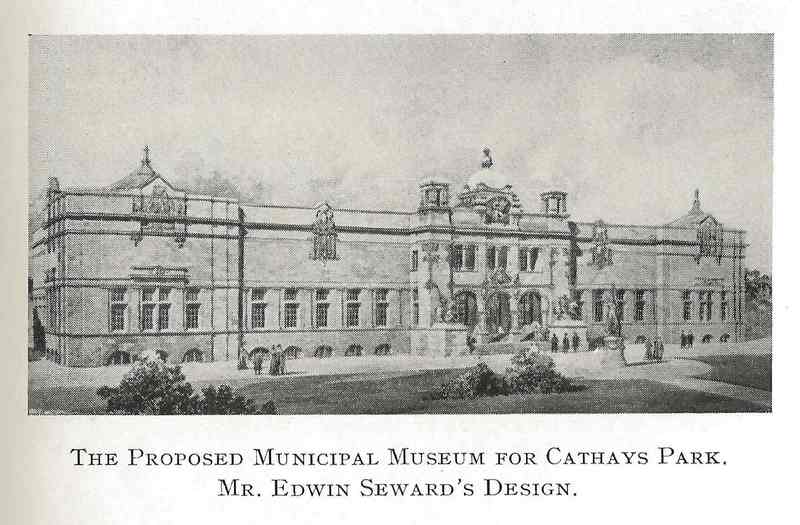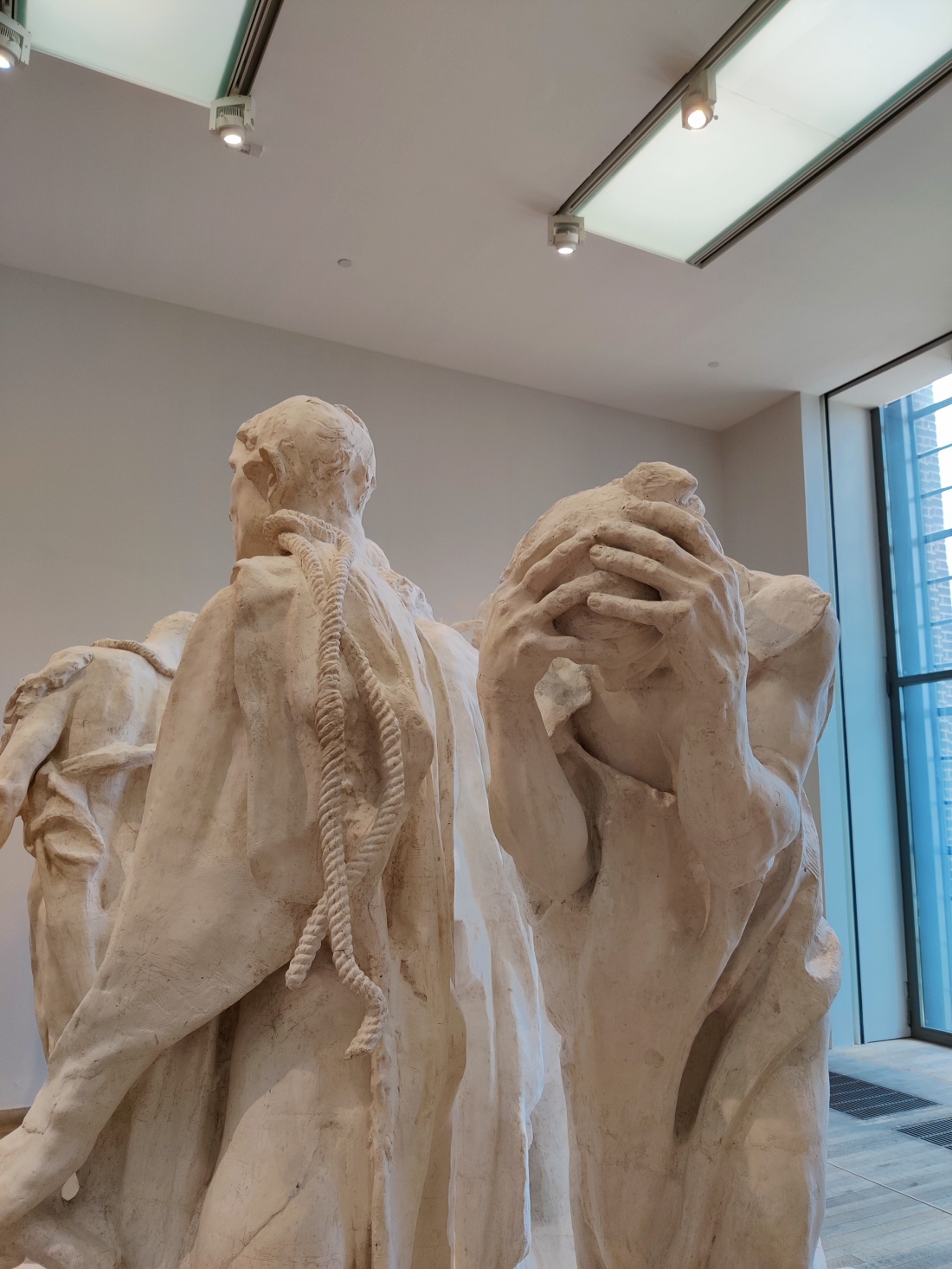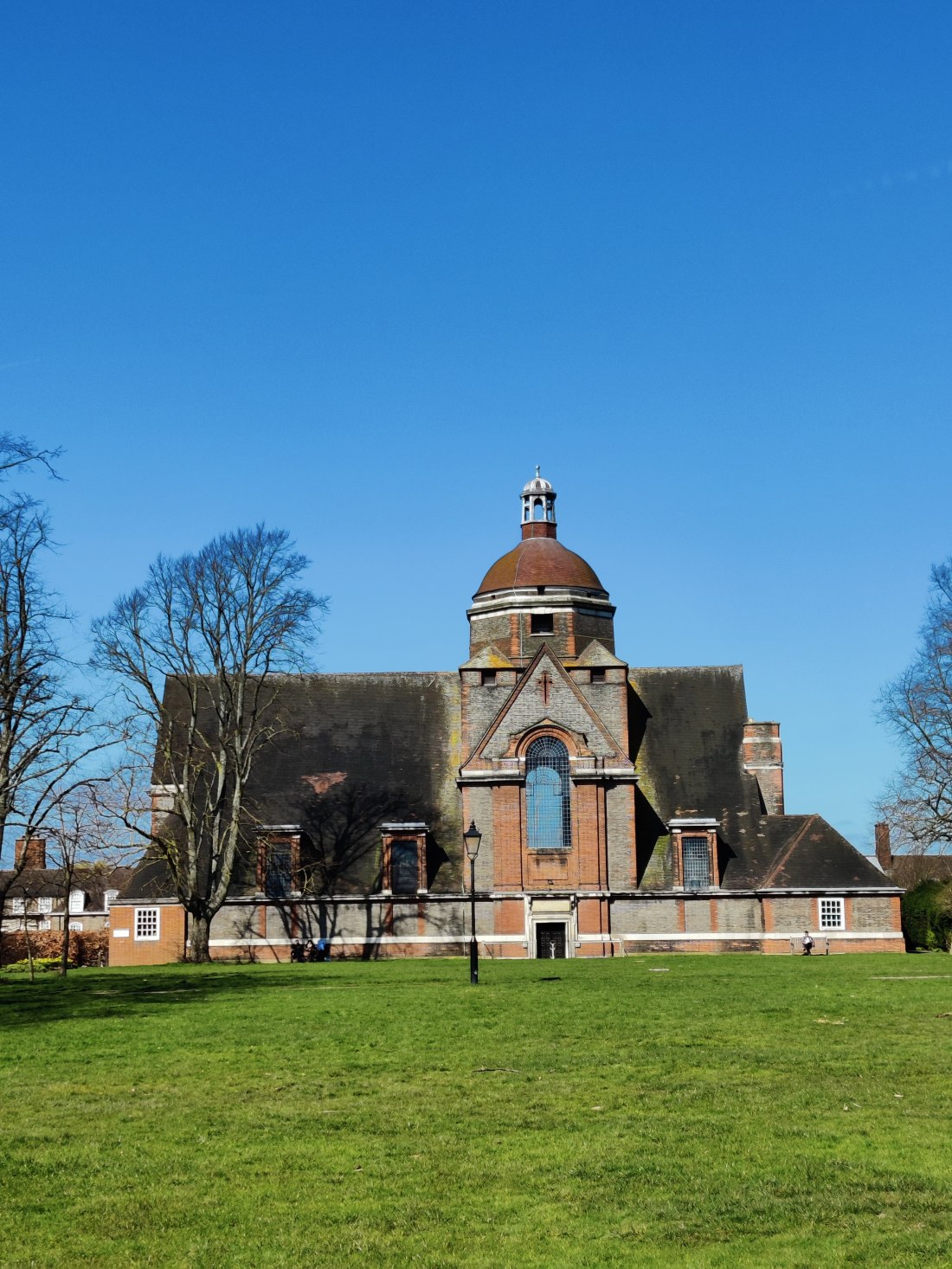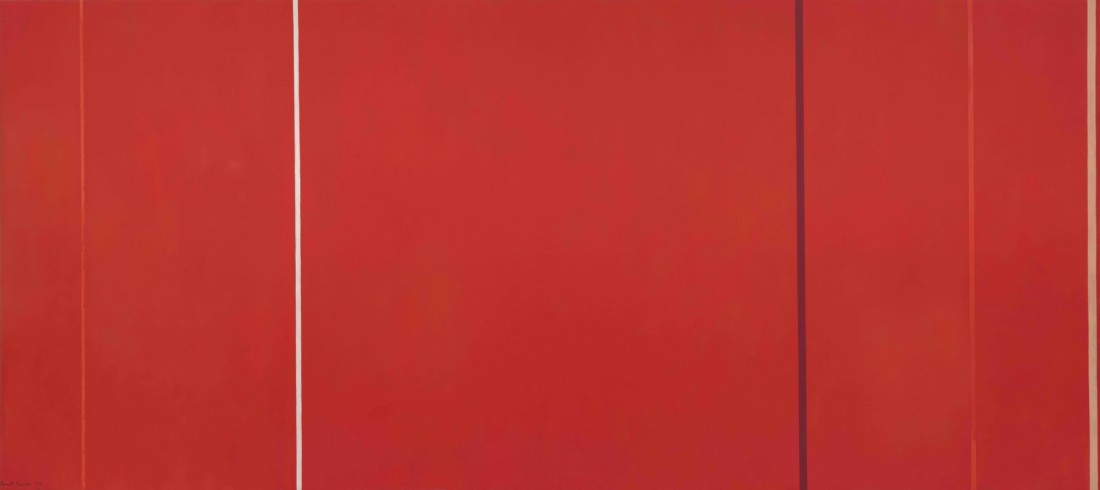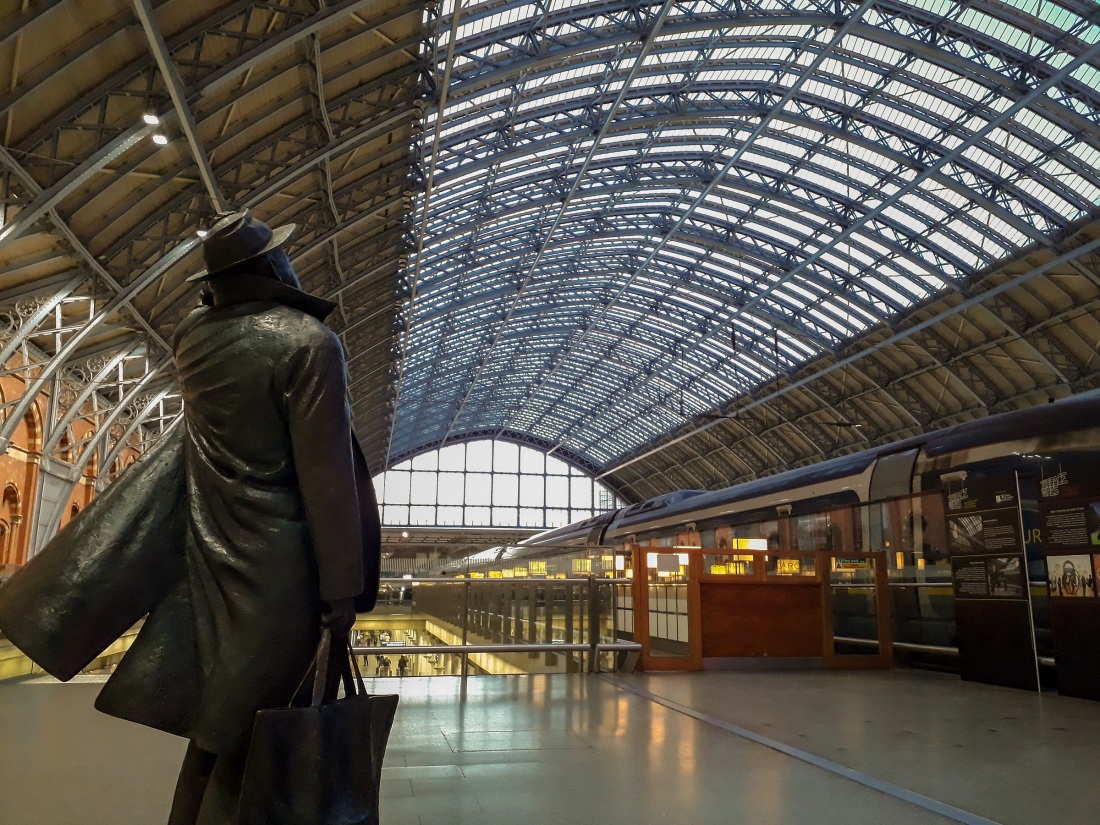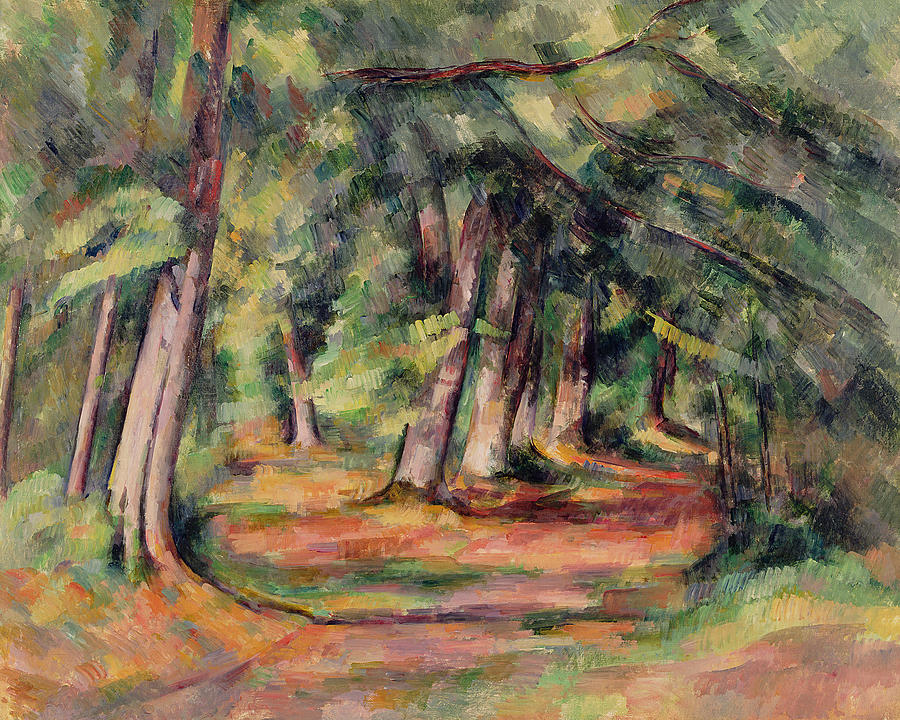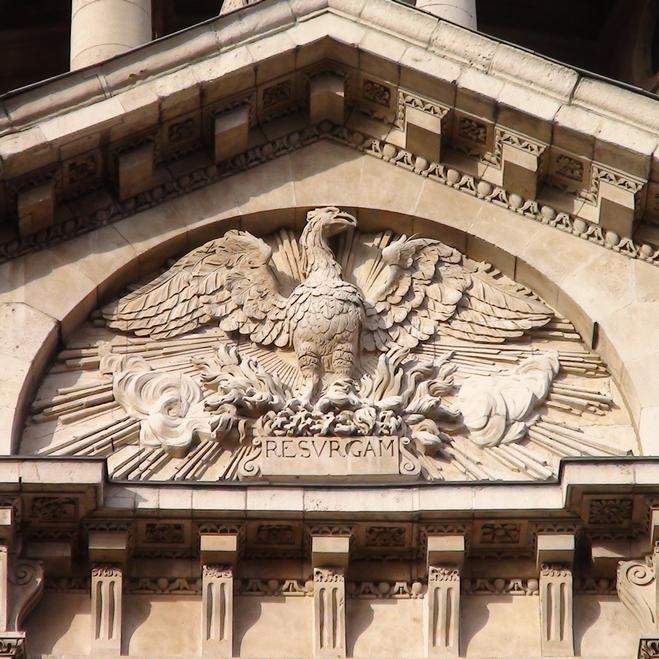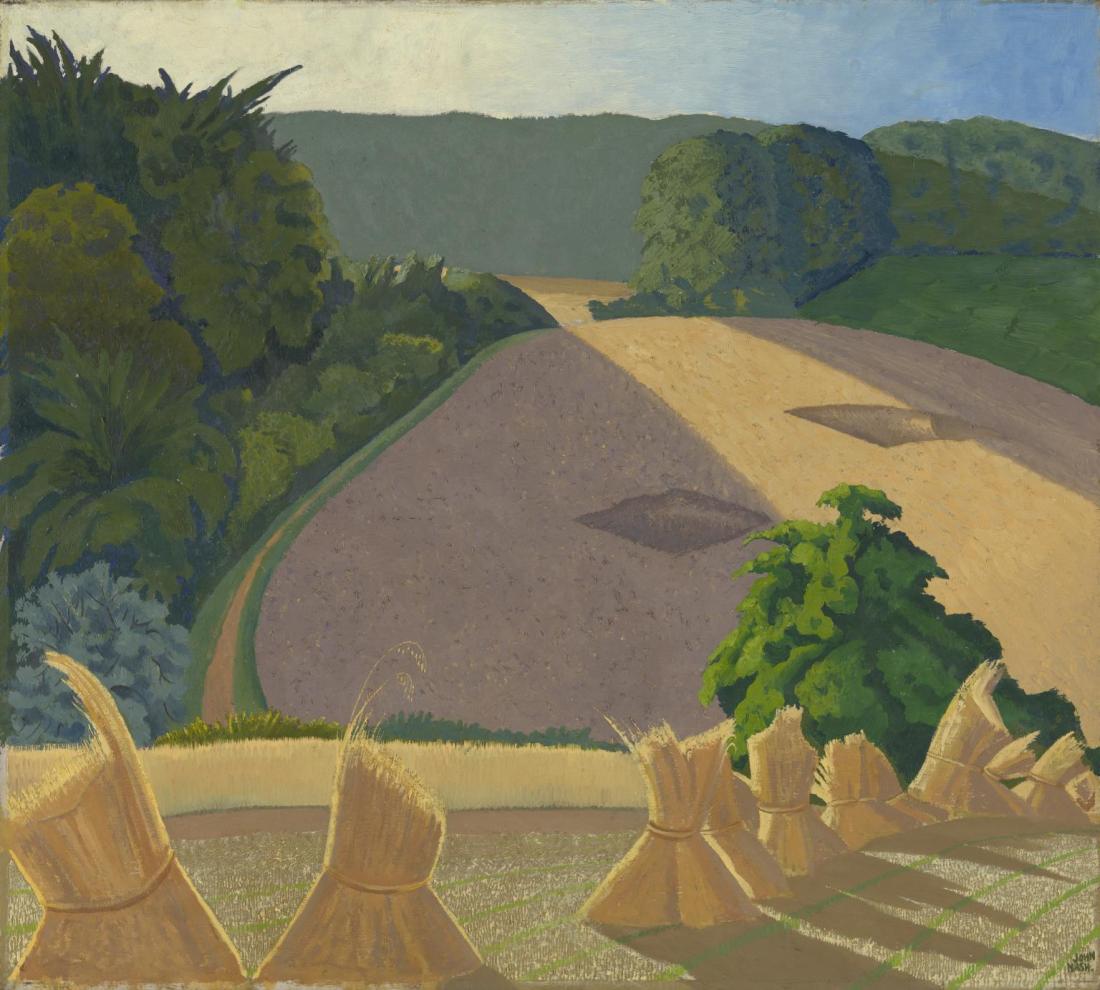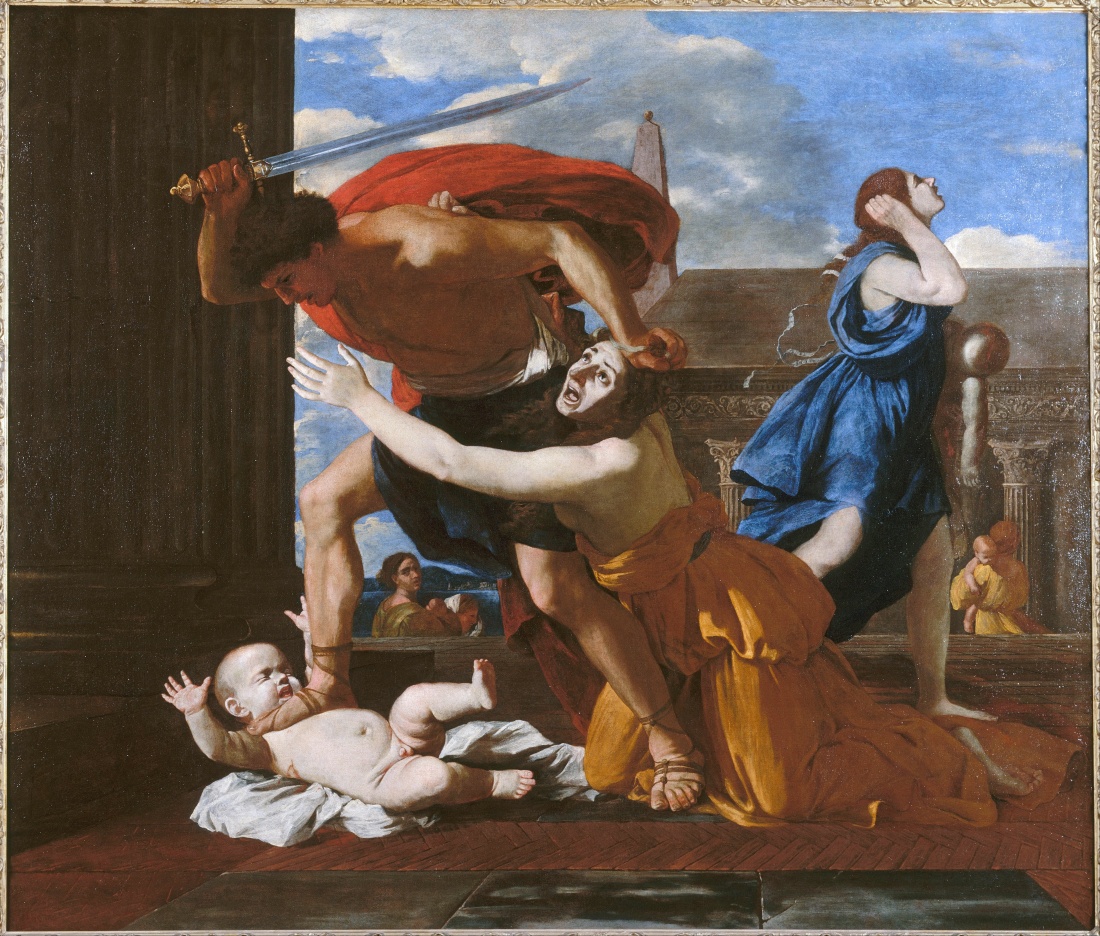Occasionally an architectural style can be so dominant in a city that it becomes a kind of local vernacular. Bath is given its identity by the Regency Neoclassical, Bristol has its own variation on the Byzantine, Oxford is high-gothic and Coventry is mid-century modern. York is known by its warren of medieval streets and Aberdeen has its own particular granite solidity. Amongst all these, Cardiff, capital of Wales, must be the city of mongrel architecture, an architecture of eclecticism that takes from all styles and sources to make something utterly original, and it would seem this can be traced back to one man, Edwin Seward.
Tag: Art
Review: ‘The Making of Rodin’, Tate Modern
★★★☆☆: After more than a year of semi-solitary existence, interspersed with the occasional out-door meeting with select family and friends, the appearance of other people has become increasingly alien. And with the government mandated distance to be maintained at all times, the usual interactions of hands and arms and the close-up reading of each other's faces have become not only a distant memory but even, at times, a life threatening action. And so, it was a delight to find that my first exhibition visit out of the trap after the (hopefully) final lockdown was one filled with such humanity and tactility.
Arcadia Suburbia: The Architecture of Hampstead Garden Suburb
'There are few places within the M25 where something approaching a rural idyll can be found. One such place is Petersham, a hamlet in the water meadows to the south of Richmond. It’s a mixture of vernacular architecture, roads designed for feet and hooves, and birdsong filled hedgerows. Another such place is Hampstead Garden Suburb, but whereas Petersham is the result of the accidents of history HGS is contrived - picturesque to order.'
Art in the Time of Coronavirus
...In the face of a cacophony of disaster, works of art can have an appealing quality - they are their own contained universes, created from, but often unaffected by, our own. The finite edges of a painting, the constancy of a sculpture, or the familiar reproduction of symphonic notes, offer a fixed point against which to observe and contextualise our own moment of flux...
London Stations: Part Two – Marylebone, Victoria, & St Pancras
This is the second instalment of my ongoing survey of London’s major railway stations - their architecture and their spirit. In part one we examined some of the heavy hitters, Paddington, Euston, and Waterloo, but this time we’re starting with one of the smallest and quietest of all London termini.
London Stations: Part One – Paddington, Euston & Waterloo
London has what must be the most varied and exciting set of railways termini of any city in the world, one would expect not less of the capital of the country that gave birth to the modern railway. Thanks to foresighted Victorian planning laws, they all sit in a ring around the centre of London, they make no ugly scars through the urban fabric but rather stand as the old gates of The City used to, each with their own character and each with its own unique purposes. For E.M. Forster each possessed, in its architectural fabric, the latent spirit of those far away destinations to which their rails stretched. 110 years after Forster’s ode to these palaces of arrival and departure, from the age of steam to the age of electric, what spirit, if any, do London’s stations still possess?
Heroic Doubt: Cezanne and The Modern Eye
Open any general survey of the art of the twentieth century and you’ll find him right there at the beginning. The Jesse at the root of the modernist tree, it all comes back to Cezanne. Without him there's no cubism, there's no fauvism, then there's no expressionism or futurism. For Picasso, Cezanne was a “mother hovering over” his work, for Matisse he was “father to us all”. Having been posthumously made both matriarch and patriarch of all modern art, it has become hard to understand Cezanne in his own terms, to strip away the retrospective epitaphs and mythos in order to discover the old man in the big Provencal house who painted only for himself. The Cezanne of those hesitant, sketchy, sun baked landscapes and quietly rotting still lives, so unassuming, yet so revolutionary.
Ashes to Ashes: Fires, Cathedrals, and Resurrections
On the 11th June 1144 Abbot Suger of the Abbey of St Denis, Paris, gathered the bishops of France for the dedication of his newly built choir and east end. This marked a sea-change in architecture, gone was the heavy solidarity of the Romanesque and in came the lightness and delicacy of the Gothic. In the years after the meeting of the bishops, many of their home cathedrals would burn down only to rise from the ashes in the new gothic style of Suger’s St Denis.
The Nash Brothers: Visions of England
The English have a strong tradition of landscape painting. From Gainsborough, through Turner and Constable, to David Hockney. The English countryside is a subject that has captivated artists and audiences for generations. In a century as calamitous as the twentieth the bucolic landscapes of the past needed rethinking, could a simple field with cows, or a sunset across the hills reflect and redeem an epoch of such dramatic change and flux. In the first half of the century, when the established Victorian order was being shattered, two brothers emerged who would redefine how we saw the English landscape in the modern age.
Nicolas Poussin: The Unresolved Cadence
Artists fall in and out of fashion all the time, that is the way of the canon, an artist who has been admired in equal measure from their own time to the present day is a rare thing indeed. Nicolas Poussin (1594 - 1665) is one such artist. Lorded by his contemporary Bernini as the only French artist who who really mattered, he won posthumous favour with both Ingres and Delacroix (possibly the only thing on which those two agreed), as well as Cezanne who said he only truly understood himself after spending time with a Poussin. Even the wunderkind of Modernism, Pablo Picasso, was known to copy Poussin’s works.

